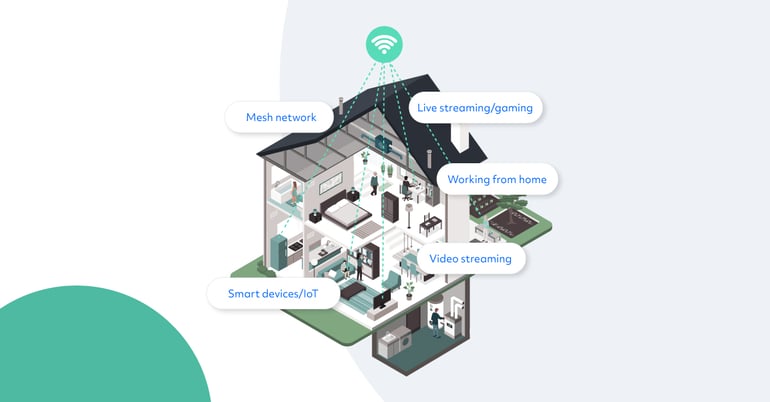Moves and countermoves: The challenges modern ISP support teams face

In the world of internet service providers (ISPs), tech support doesn’t start the first time a customer calls in. It starts the moment they sign up for a new service. At that point, it’s preemptive support; the team wants to ensure the customer can set up their service at home without a hitch, so they provide the customer with as many helpful resources and guides as possible.
The team plans, strategizes, and hones their techniques time after time, customer after customer. It’s a game of chess; the team knows of established moves that a customer might make that would cause them to have problems with their network, and does their best to combat and prevent those moves.
But it doesn’t always work. Customers are surprisingly skilled at finding (or creating) unexpected new problems with their networks. Then, all that planning and strategizing goes out the window, and support agents have to scramble to figure out what’s wrong with the network and how to fix it.
Solving after the fact is easier said than done.
Four of the five most common reasons for tech support calls are issues with the home network. Most ISPs have measures and tools in place to resolve these issues when a customer calls in. But even with these resources, support agents still don’t always have the visibility into home network issues that they need.
When this happens, it quickly becomes an exercise in frustration for support agents and customers alike. Customers just want the agent to be able to solve their issue, but if that agent doesn’t have the right tools to see the particular issue, or can’t convince the customer of the solution to that issue, it can turn into multiple calls and even technician visits.
For example, let’s discuss some of the common issues that happen.
Poorly placed modems, routers, or pods
Customers don’t necessarily consider signal strength when they place devices. Too often, they just put their devices where it’s most convenient, even if the place they think is convenient is going to block their signal to a particular room or spot in their home. In fact, 49% of the home networks our platform analyzed in 2020 showed issues with device distance from the router.
Then, when they invariably run into a connection problem with one of their devices, they call in because it must be a problem with the internet service your company provides.
Limited understanding of the home network
As far as your customers are concerned, their network brings them the internet and that’s all they need to know. They don’t have a great understanding of the nuances of their network. They don’t know how their home network setup affects internet performance, or what they need to do to make sure the network stays healthy.
In fact, of the top 10 WiFi problems we identified last year, six were directly related to how customers set up and used their networks.
Then, when they experience an issue and call in, it will be difficult to explain that the issue is their network, and not your infrastructure. They may not necessarily understand the solution explained to them by the agent, either.
Confusion about physical tech
What do these situations have in common?
In each of these scenarios, the problem is visibility. Either the agent can’t see what the problem is, or can’t show the customer what the problem is. Too often, agents end up sending a technician for problems like this, which is both expensive and inconvenient—and can deliver a hit to customer satisfaction.
The bottom line is that agents need better tools to meet customer expectations. It’s one thing to take steps for prevention, which can reduce the number of calls that come in. But when calls come in anyway, agents need to be able to discover and resolve issues efficiently and effectively.
And soon, they’ll have access to those tools—because the next generation of automated tech support tools is coming. Find out more here, and stay tuned for the big reveal!
